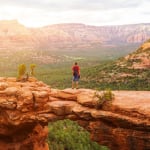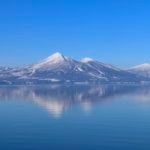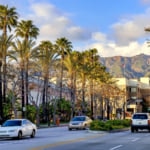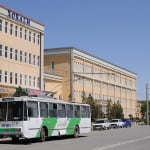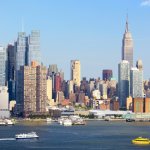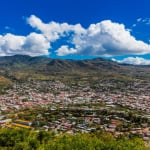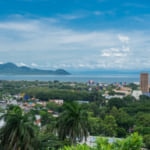Name:Miraflor Nature Reserve
Address: 2 cuadras al Este y 1/2 cuadra al Norte Estelí, Esteli, Nicaragua
Related Sites:https://vianica.com/sp/atractivo/27/reserva-natural-miraflor
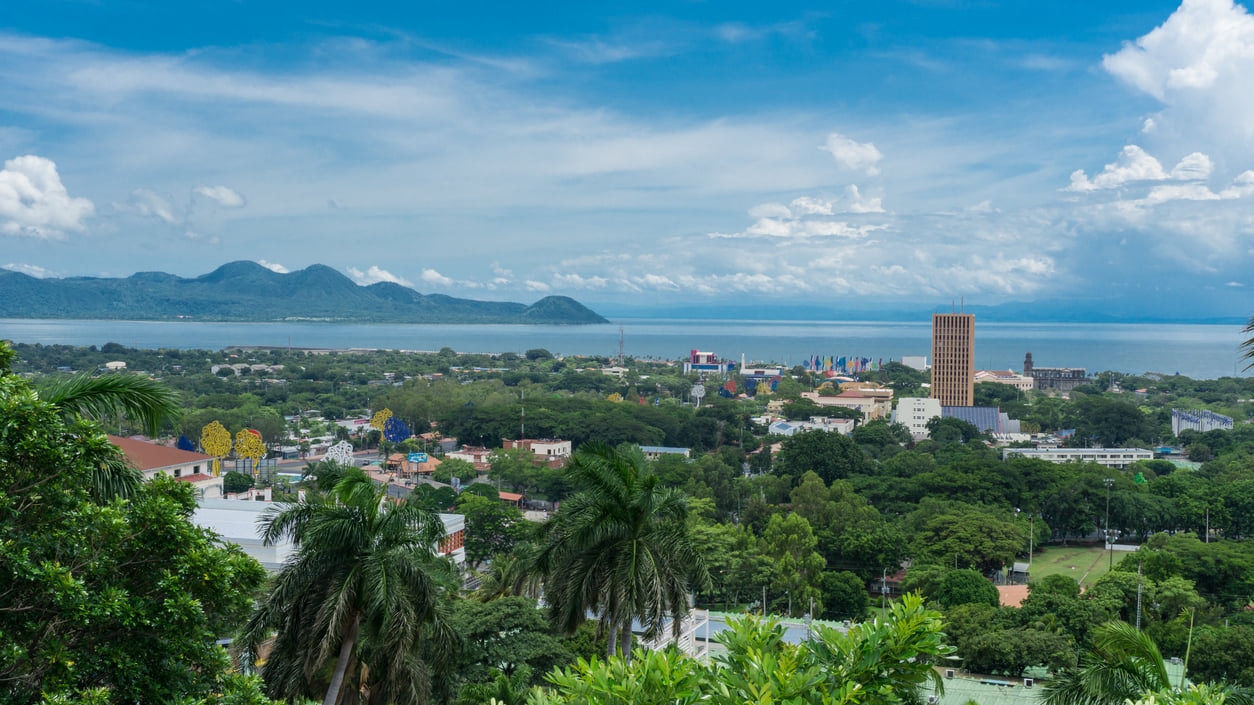
Nicaragua:The Country with the Best Volcanic Attractions
table of contents
[x] close
Nicaragua:The Country with the Best Volcanic Attractions
- 1. Miraflor Nature Reserve (Esteli)
- 2. San Juan del Sur (Rivas Department)
- 3. Ojo de Agua (Isla de Ometepe)
- 4. Masaya Volcano National Park (Masaya)
- 5. Islets of Granada (Granada)
- 6. Catedral de Granada (Granada)
- 7. Museum El Ceibo (Isla de Ometepe)
- 8. Lake Nicaragua (Granada)
- 9. Old Leon (Leon)
- 10. Laguna de Apoyo (Masaya)
- ◎ Closing
In between the Pacific Ocean and the Caribbean Sea and near the touristy Costa Rica, is Nicaragua. It is a country of massive and fascinating sightseeing attractions, a mixture of traditional culture and a region of diversified of art. Although Nicaragua underwent a period of political unrest in the 1980s, it has stabilized and is one of the hottest sightseeing destinations in Central America.
1. Miraflor Nature Reserve (Esteli)
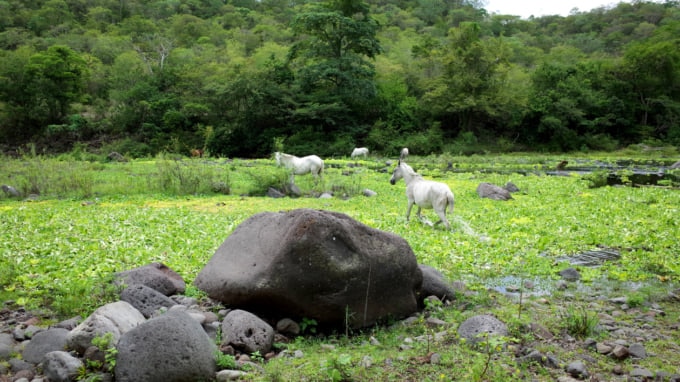
Miraflor Nature Reserve is one of the 78 nature reserves protected by Nicaragua. It covers 254 km² through the region of Esteli. The reserve is known as the region with the richest orchids globally, with more than two hundred species. It is also a community of organic farms, the main crop being coffee, one the key economic drivers of Nicaragua. The reserve is a birdwatchers’ paradise, with more than two hundred bird varieties. Nicaragua has trained local guides who live and tend to the farms and also, has set up accommodation places at the reserve.
2. San Juan del Sur (Rivas Department)
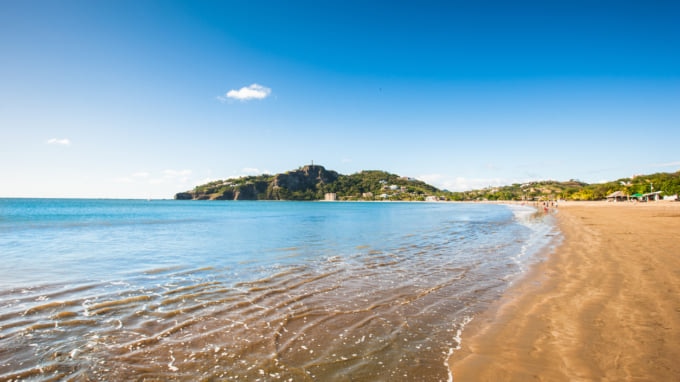
San Juan del Sur is an exciting beach town on the southwest coast of Nicaragua. It is popular for its gorgeous beaches and strong-breaking waves for surfing. Many visitors going to Nicaragua frequent this town because of its near-perfect sightseeing weather all year round. San Juan del Sur experiences two seasons, the wet and dry seasons, but the wet season hardly rains. Other than the beaches and surfing, the town offers numerous recreational opportunities in the interior. San Juan del Sur also has some of the best sea restaurants in Nicaragua.
Name:San Juan del Sur
Address:Rivas Department, Nicaragua
3. Ojo de Agua (Isla de Ometepe)
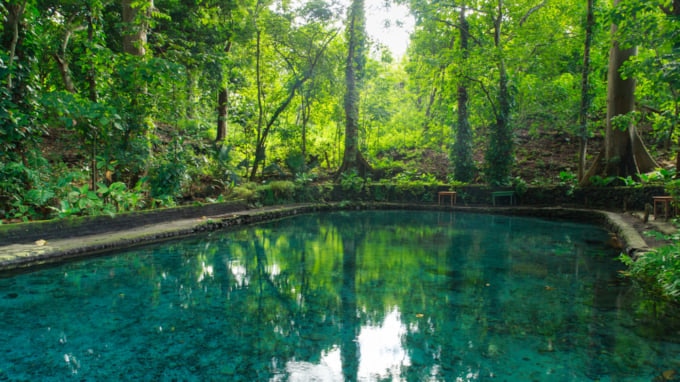
Photo by Tricia Daniel/shutterstock
Ojo de Agua is a natural swimming pool that is supplied by an underground river from the volcano Maderas. Due to its volcanic origin, the water from the pool is rich in minerals and is thought to have medicinal properties. The pool is divided into two but the second one is semi-natural and is shallow enough for the kids. In addition, there are seats around the pool area where you can relax, under the shade of straw roofs as you enjoy natural coconut water from the pool’s café. Ojo de Agua is open from Monday to Sunday throughout the year, as the temperatures are ever constant (24-26ºC).
Name:Ojo de Agua
Address:Carretera Santo Domingo, Tilgue, Isla de Ometepe, Nicaragua
Related Sites:http://www.ometepenicaragua.com/ojodeagua/
4. Masaya Volcano National Park (Masaya)
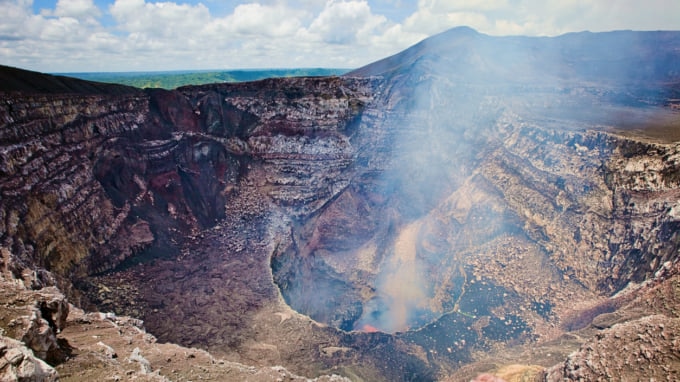
Masaya Volcano National Park is the first and largest national park of Nicaragua. The park covers an area of 54 km² and has two volcanoes and five craters. Santiago crater is the main sightseeing attraction to the park. The volcanoes experienced active and frequent eruptions from the 1900s to around 1985 when they collapsed. Today, you can only hear thundering lava underground, and you can also smell sulfur gases. Therefore, if you have any respiratory conditions, they may get worse because of the gases. Around the park are market and craft shops that you can get some fascinating souvenirs.
Name:Masaya Volcano National Park
Address:Masaya, Nicaragua
5. Islets of Granada (Granada)
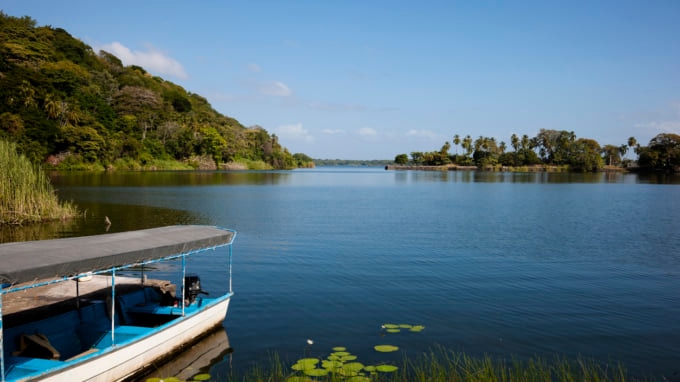
The Islets of Granada in Lake Nicaragua are a group of small islands that were formed as a result of a volcanic eruption that happened more than a thousand years ago. The islands are inhabited by fishermen but luxurious resorts occupy the largest portion. Birders visiting Nicaragua are ever eager to explore the islands as they are home to a significant variety of bird species. The best way for sightseeing the islands is either by a boat tour or a getaway at one of the resorts. Early mornings and late afternoons are the best for boat tours to avoid wind and sun.
Name:Islets of Granada
Address:Varios Puertos de Salida, Peninsula of Asese, Granada 43000, Nicaragua
6. Catedral de Granada (Granada)
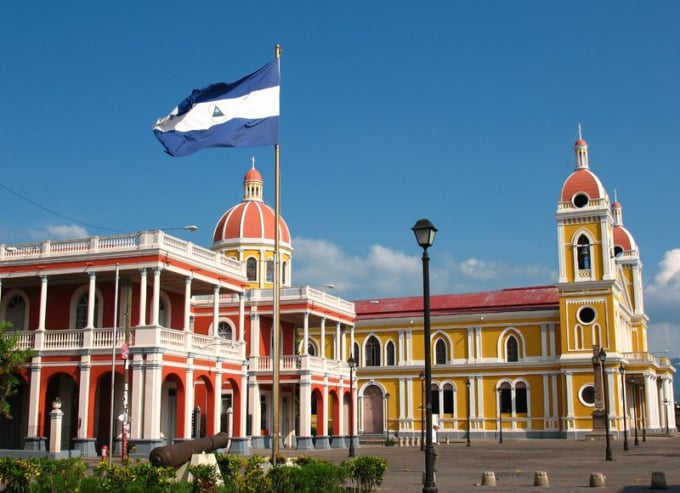
Photo by commons.wikimedia.org
Catedral de Granada is one of the most noticeable buildings in Nicaragua. Its two-distinctive white and yellow bell towers can be seen from any part of Granada. The cathedral was built in the 16th century during the establishment of Christianity in Nicaragua. The architecture of the church is simple and sparsely decorated, but the sense of calm and sight of the city from the bell tower are worth a visit. The interior is stunning with elegant statues of religious figures placed on the altar and the sides. Catedral de Granada is still an active holy place, so we recommend that you observe any rules of conduct provided.
Name:Catedral de Granada
Address:Costado Este del Parque Central, Granada, Nicaragua
Related Sites:http://www.cen-nicaragua.org/
7. Museum El Ceibo (Isla de Ometepe)
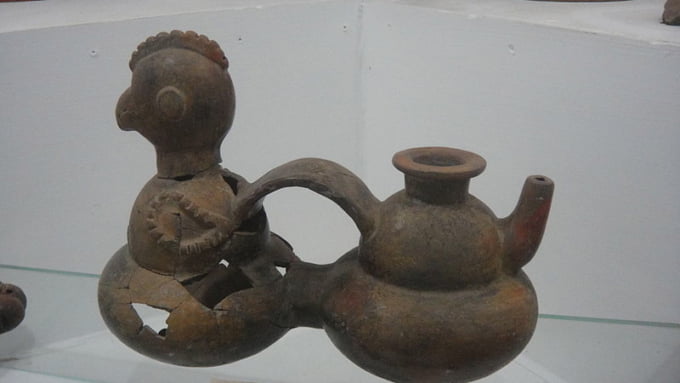
Photo by commons.wikimedia.org
Museum El Ceibo has the largest exhibit collection in Nicaragua. It is a privately-owned museum that mainly focuses on the history of Nicaragua. Museum El Ceibo is set in a place that was once a farm and the founder also was an agriculturalist. The museum is divided into two main sections of Nicaraguan Numismatics and the pre-Hispanic collections. A large percentage of the collection was from friends of the founder, collected from their farms. There about 1500 archeological pieces that were collected from Nicaragua and many other international pieces. The pieces are spread out to six rooms, all of which are accessible to the public.
Name:Museum El Ceibo
Address:Hacienda El Refugio, Moyogalpa, Isla de Ometepe, Nicaragua
8. Lake Nicaragua (Granada)
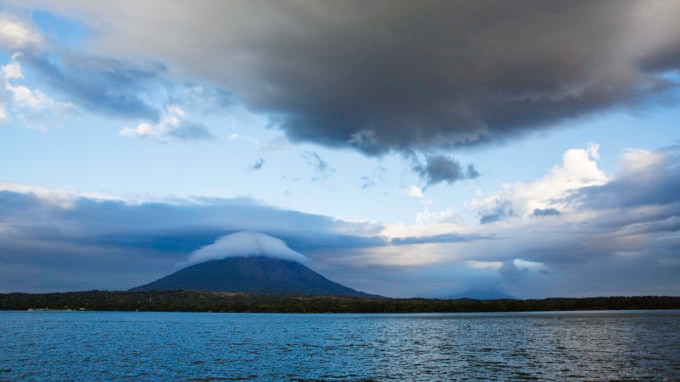
Lake Nicaragua, a freshwater lake in the southwestern part of Nicaragua, is the largest lake in Central America, and thus it is not to be missed. The lake is so large that the Spanish people mistook it for an ocean until they saw their horses drinking from it. They then nicknamed it the Sweet Sea. Thus, you will hear most of the people referring to it as La Mar Dulce. The uninterrupted water surface of Lake Nicaragua offers an interesting sightseeing aspect of nature. There are thousands of animal species to see, and the dense vegetation is worth a photo.
Name:Lake Nicaragua (Granada)
Address:Granada, Nicaragua
9. Old Leon (Leon)
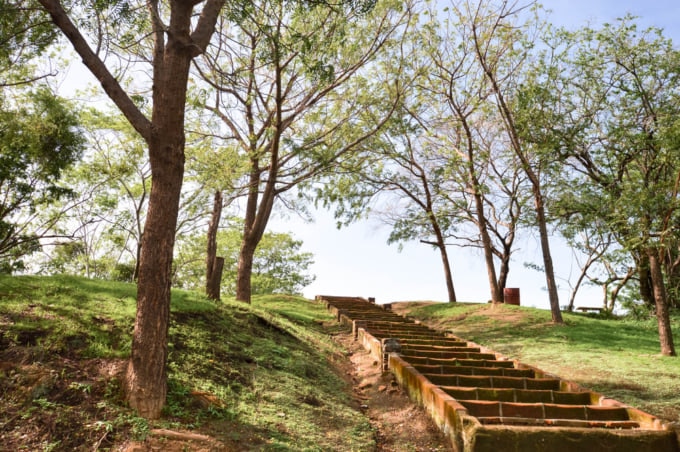
Photo by Svetlana Bykova/shutterstock
Old Leon is the old town of Nicaragua that was gradually buried by continuous volcanic eruptions in Motombo. It is the only UNESCO World Heritage site in Nicaragua. The area of this city is an outstanding evidence of the Spanish empire in Nicaragua, in the 16th century. Today, the ruins of the town are a major archeological sightseeing center that draws visitors from Nicaragua and beyond. The ruins extend to about 30ha of land. The most notable structures are the Cathedral of Santa María de la Gracia, the La Merced church and convent, and the Casa de la Fundición. The period between November and April is the best for visiting Old Leon, just like most other parts of Nicaragua. It is usually the dry season and is the time that Nicaragua enjoys sunny days with mild temperatures.
Name:Old Leon (Leon)
Address:Puerto Momotombo, Leon, Nicaragua
10. Laguna de Apoyo (Masaya)
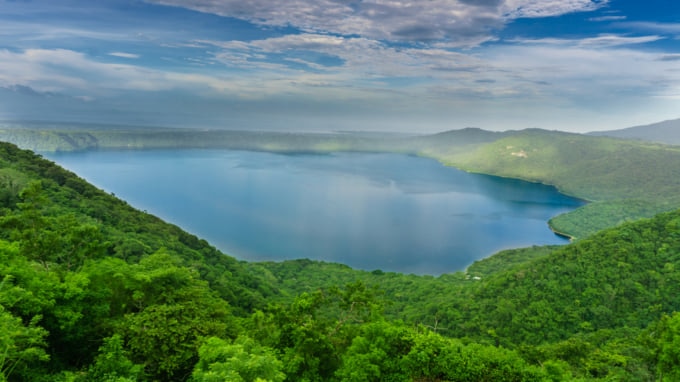
Photo by Riderfoot/shutterstock
The natural reserve of Laguna de Apoyo is established on an old crater lake that is about 200 meters deep, between Masaya and Granada. The reserve houses a lush tropical forest in which you can spot many bird species, reptiles like the green iguanas and mammals such as the opossums and jaguarundis. The beaches of the lake are the main attraction to the reserve. You might be used to white soft beaches but here at this volcanic lake, the beach is dark. Visitors can swim, dive, kayak, ride boats, or just relax by the shore as they soak in the tranquility of the lake.
Name:Laguna de Apoyo (Masaya)
Address:Carretera Masaya Km 38, Masaya, Nicaragua
◎ Closing
The epic volcanic adventures, gorgeous colonial cities, the massive Lake Nicaragua, and the surfing Caribbean hideouts are reason enough to plan a sightseeing tour to Nicaragua. Even better, Nicaragua is less crowded and the finest budget destination in Central America. You will be spoilt for choice as even the most luxurious resorts are incredibly affordable.
RELATED ARTICLES
REGIONS
CATEGORIES
FEATURED ON Nicaragua
MOST POPULAR ON Nicaragua
-
 1
1Doha: Must-see Attractions in the Capital of Qatar
-
 2
2Toronto: 10 Things to do in this Picturesque Canadian City
-
 3
3Amarillo: A City Famous for It’s Amazing Canyons, Great History and Music
-
 4
4South Korea: Dazzling Scenery, Rich Culture and Fascinating History
-
 5
5Kuwait: A Country in Middle East Asia Famous for Hot Sand Dunes and Stunning Cityscape

